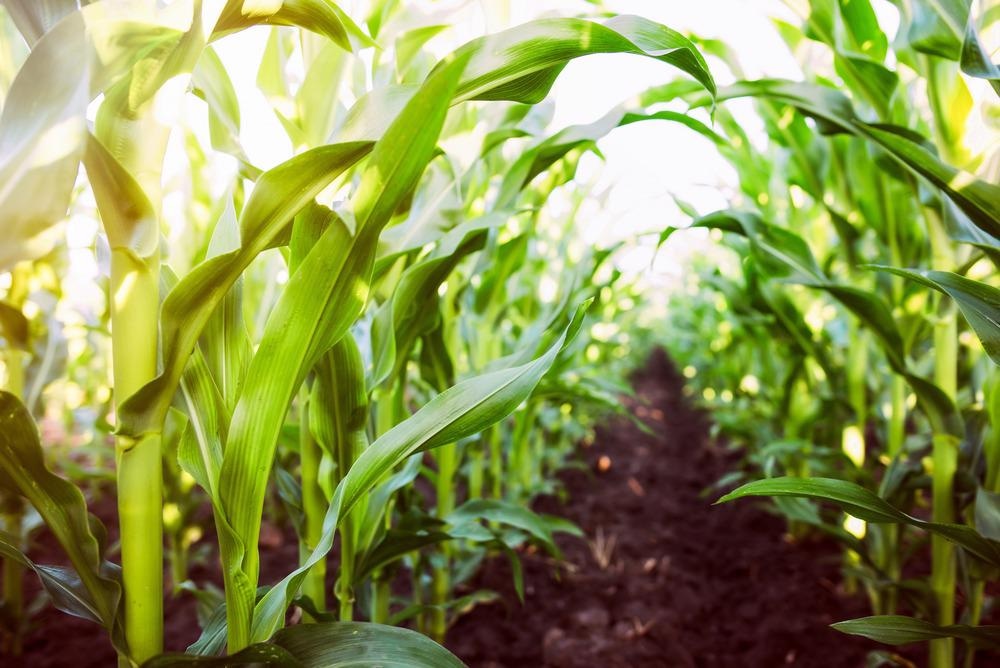In an article recently published in the journal Environmental Research, a study was conducted to understand how nanoparticles present in perishable crops can impact human health and how we can mitigate these toxic effects for a safer crop yield.

Study: Nanoparticle-based toxicity in perishable vegetable crops: Molecular insights, impact on human health and mitigation strategies for sustainable cultivation. Image Credit: funnyangel/Shutterstock.com
Nanomaterials to Enhance Crop Yield – Blessing or Curse?
Nanotechnology is agriculture's most advanced transdisciplinary tool, with great potential to impact the growth and development of plants.
The employment of nanoparticles (NPs) as well as nanomaterials (NMs) in agriculture, notably the production of perishable vegetable crops, has expanded dramatically as a result of advances in nanotechnology. Plant development and growth, postharvest handling of fruits and vegetables, plant stress management and seed germination are all influenced by NPs and NMs.
Several aspects of vegetable agriculture have benefited through the application of NPs, including the growth and development of plants, biotic and abiotic stress control, as well as postharvest handling of vegetable crops.
Nevertheless, the hazardous impact of nanoparticles on plants has also been studied, with several studies concluding that greater NP concentrations have a detrimental impact on plants, including genotoxic, chemical, physiological as well as morphological alterations. Excessive reactive oxygen and oxidative stress species formation caused by these NPs can induce toxicity in plants, affecting cellular macromolecules and resulting in unbalanced metabolic and biological processes.
The Importance of Understanding NP Toxicity
As a result of nanoparticle-induced toxicity, the knowledge of the mechanisms underpinning NP-plant interactions is essential for understanding plant biochemical and physiological responses, assessing phytotoxicity, and designing mitigation methods for vegetable crop management. The study conducted by the researchers discusses current biochemical, physical, and molecular findings on nanotoxicity in vegetable crops to address this.
Mechanism of Toxicity Propagation
Once crops are exposed to nanoparticles, free radicals and cellular redox state alterations like hydrogen peroxide (H2O2), superoxide anion (O2-), hydroxyl (OH), and oxygen singlet are produced, disrupting cell stability as well as functions by negatively impacting biomolecules like membrane lipids, DNA, protein, and carbohydrates.
Aggregation size, concentration, surface modification and shape are all factors that influence the amount of NP-based phytotoxicity. NPs have been shown to cause plant organ specificity, stress reliance and species-specific toxicity in the form of germination and seedling development. Studying the biochemical and physiological reactions exerted by plants, along with assessing phytotoxicity in vegetable crops, necessitates elucidating the mechanism of interactions with NPs.
Influences Differ by the Types of Nanoparticles
NMs are categorized in a variety of ways, but the most common ones are determined by the chemical composition as well as the number of dimensions of the composite. These materials can be classified as zero-dimensional, one-dimensional, two-dimensional or three-dimensional (one dimension on the nanoscale level). NPs are classified as organic, inorganic, or carbon-based based on their chemical structure.
Both the type of nanoparticle and plant species contribute to phototoxicity and are thus key factors to consider. Cucumber root development was shown to have slowed by the retention of aluminum oxide nanoparticles, whereas radish root growth was enhanced.
Titanium oxide nanoparticles were shown to limit cucumber root development while promoting the growth of spinach. In lettuce, the carbon nanotube suspension lowered seedling length, germination rate, as well as biomass; nevertheless, the same parameters were determined to be raised in tomatoes and onions.
Different NPs had different impacts on root development, which varied according to the plant species, with lettuce being the most vulnerable to phytotoxicity. The toxicity of plants has also been shown to be affected by surface alteration spurred by nanomaterials.
Remedies and Future of Nano Agriculture
While significant progress has been achieved in nanotechnology and agriculture, especially when nanoparticles are now widely employed in a variety of commercial settings, the use of nanoparticles in agricultural businesses lacks a well-defined assessment framework and risk governance across domains.
As a result, advancements in this subject are required not just for sustainable agriculture, as well as for regulation, risk evaluation, and management, as well as risk assessment and analysis. Agriculture and health sectors might benefit from omics technology, technological advancements, and multidisciplinary methods for environmental expansion and legislative implementation.
Reference
Sharma, S., Shree, B., Aditika, Sharma, A., Irfan, M., and Kumar, P. (2022). Nanoparticle-based toxicity in perishable vegetable crops: Molecular insights, impact on human health and mitigation strategies for sustainable cultivation. Environmental Research. Available at: https://www.sciencedirect.com/science/article/pii/S0013935122004959?via%3Dihub
Disclaimer: The views expressed here are those of the author expressed in their private capacity and do not necessarily represent the views of AZoM.com Limited T/A AZoNetwork the owner and operator of this website. This disclaimer forms part of the Terms and conditions of use of this website.